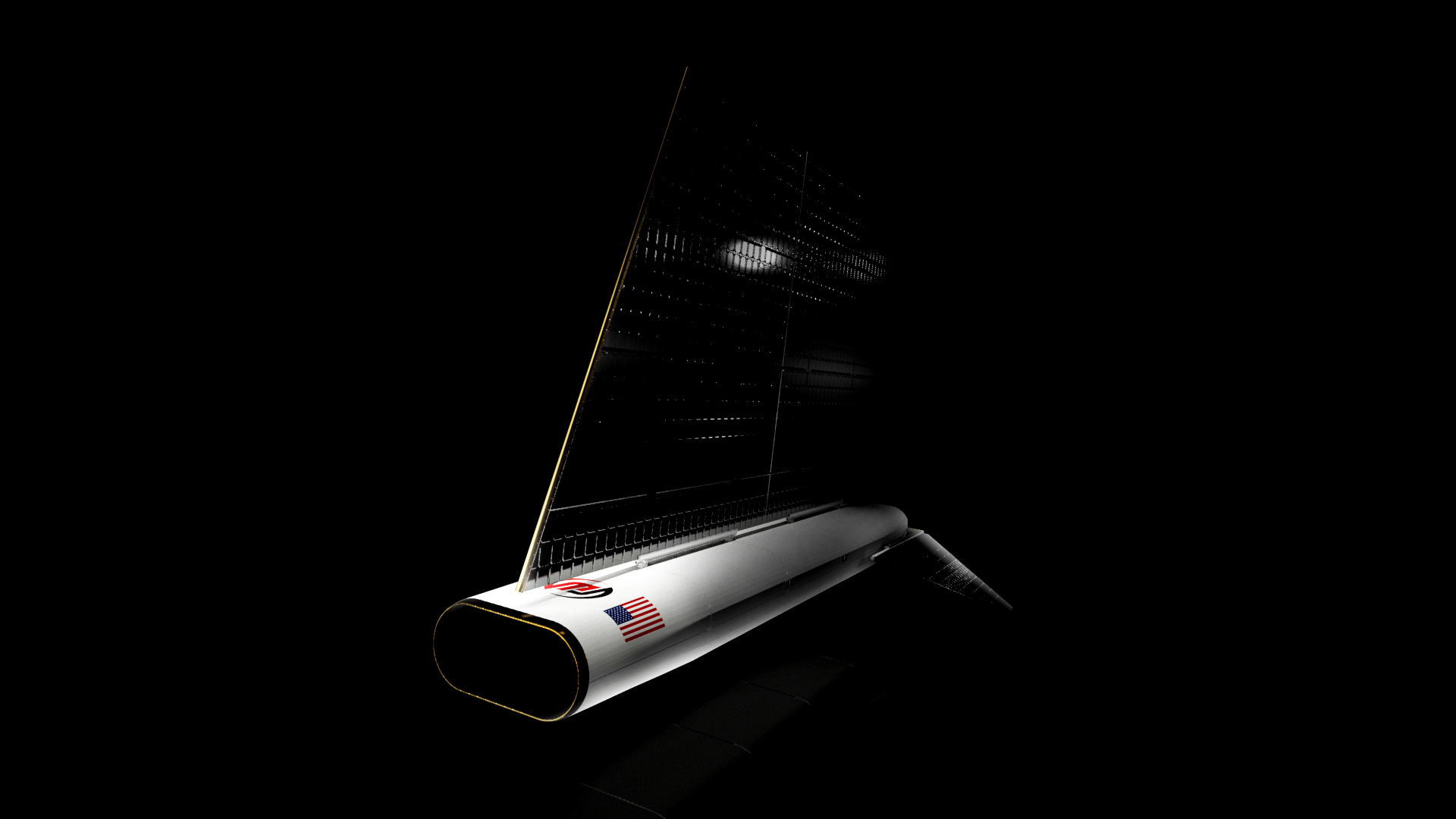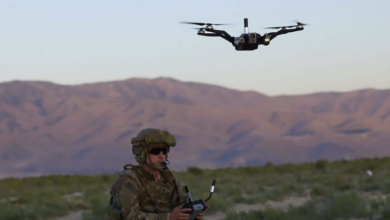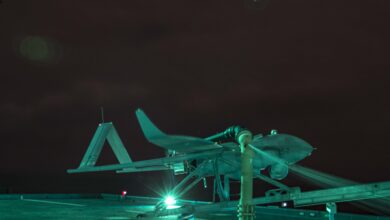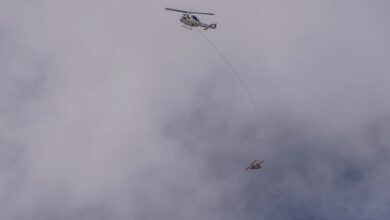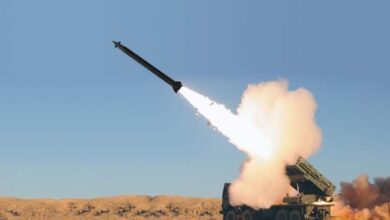Florida-based space infrastructure company Redwire Corporation has received a contract to produce an unmanned spacecraft for DARPA’s Otter program demonstrations.
The Otter initiative aims to create advanced “air-breathing” electric engine solutions that harvest ambient, low-density air for extended satellite operations in very low-Earth orbit (VLEO).
Under the deal, Redwire will leverage its 400-kilogram (881-pound) SabreSat drone, which is designed to fly in anti-access airspace while operating closer to the area of responsibility on the ground.
The firm will apply its proprietary digital engineering tools configured for VLEO environments, including the Digitally Engineered Mission Systems & Integration (DEMSI) platform and associated processes.
Redwire’s DEMSI designs high-fidelity models that account for weather, atmospheric drag, and corrosion.
Additional tasks include the assembly of critical technologies, project coordination, and team management throughout the program.
The SabreSat
The SabreSat orbital drone is built for high-resolution intelligence, surveillance, and reconnaissance (ISR), communications, navigation, and Earth science missions.
According to Redwire’s product portal, the vehicle can fit payloads of 100 x 10 x 40 centimeters (39 x 3.9 x 15.7 inches) and approximately 200 kilograms (440 pounds).
The spacecraft is flown by an overrunning alternator pulley with up to 5,000 watts of power for more than 150 kilometers (93 miles) of orbital altitude.
SabreSat’s operational life can extend up to seven years.
“We are proud to be leveraging our SabreSat satellite design to support critical VLEO technology advancements for DARPA’s game-changing Otter program,” Redwire Missions and Platforms SVP Spence Wise said.
“As VLEO emerges as a critical domain for national security missions, Redwire is continuing to make investments to support technology innovation and strategic operations in this environment.”
Phase Four’s Propulsion
Redwire’s contract followed DARPA’s collaboration with California-based small satellite engine provider Phase Four for the Otter program in April.
The $14.9-million partnership ordered an “air-breathing” electric propulsion system for VLEO altitudes as low as 90 to 450 kilometers (55 to 279 miles).

